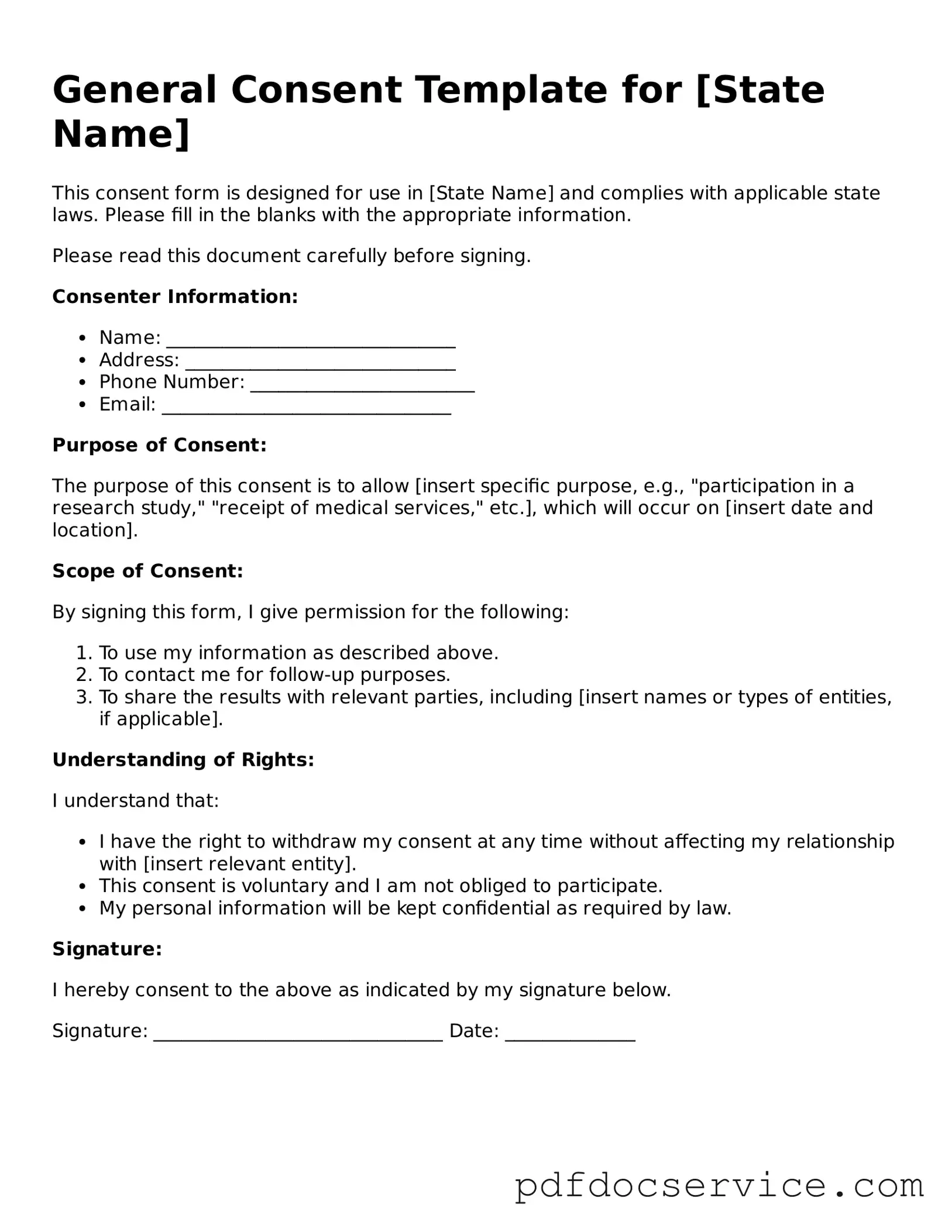A consent form is a document that individuals sign to indicate their agreement to participate in a specific activity, treatment, or research study. It ensures that participants understand what they are agreeing to and acknowledges their voluntary participation. Consent forms are commonly used in medical settings, research studies, and even in everyday activities, such as photography or filming.
Consent forms play a crucial role in protecting both the participant and the organizer or researcher. They help to:
-
Ensure that individuals are fully informed about the risks and benefits of the activity.
-
Document that consent was obtained, which can be vital in case of disputes.
-
Promote transparency and trust between participants and organizers.
Generally, anyone participating in an activity that involves a potential risk or requires personal information should sign a consent form. This includes:
-
Patients undergoing medical procedures.
-
Participants in clinical trials or research studies.
-
Individuals involved in photography, videography, or other media projects.
A well-crafted consent form should contain several key elements:
-
A clear description of the activity or study.
-
Information about potential risks and benefits.
-
Details on confidentiality and data handling.
-
A statement confirming that participation is voluntary.
-
Contact information for questions or concerns.
Yes, individuals have the right to revoke their consent at any time. If a participant decides to withdraw, they should notify the organizer or researcher as soon as possible. It's important for consent forms to include a statement about this right, ensuring participants feel comfortable making their own choices.
Consent forms can be legally binding, but this depends on various factors, including the jurisdiction and the specific context in which the form is used. Generally, if a consent form is properly executed and includes all necessary elements, it can serve as a legal document. However, it is advisable to consult with a legal expert to ensure compliance with applicable laws.
If a consent form is not signed, participants may not be allowed to proceed with the activity or treatment. This is because organizers and researchers need to protect themselves and the participants. Without a signed consent form, it may be difficult to prove that the participant was informed and agreed to the associated risks.
Templates for consent forms can be found through various sources, including:
-
Online legal form providers.
-
Universities and research institutions, which often provide templates for research-related consent.
-
Healthcare organizations that may have standard forms for medical procedures.
Always ensure that any template used is tailored to your specific needs and complies with relevant laws.
